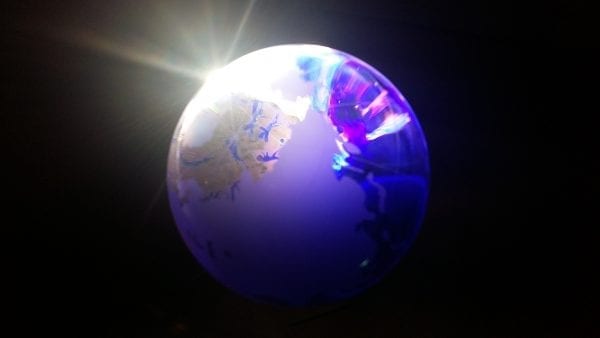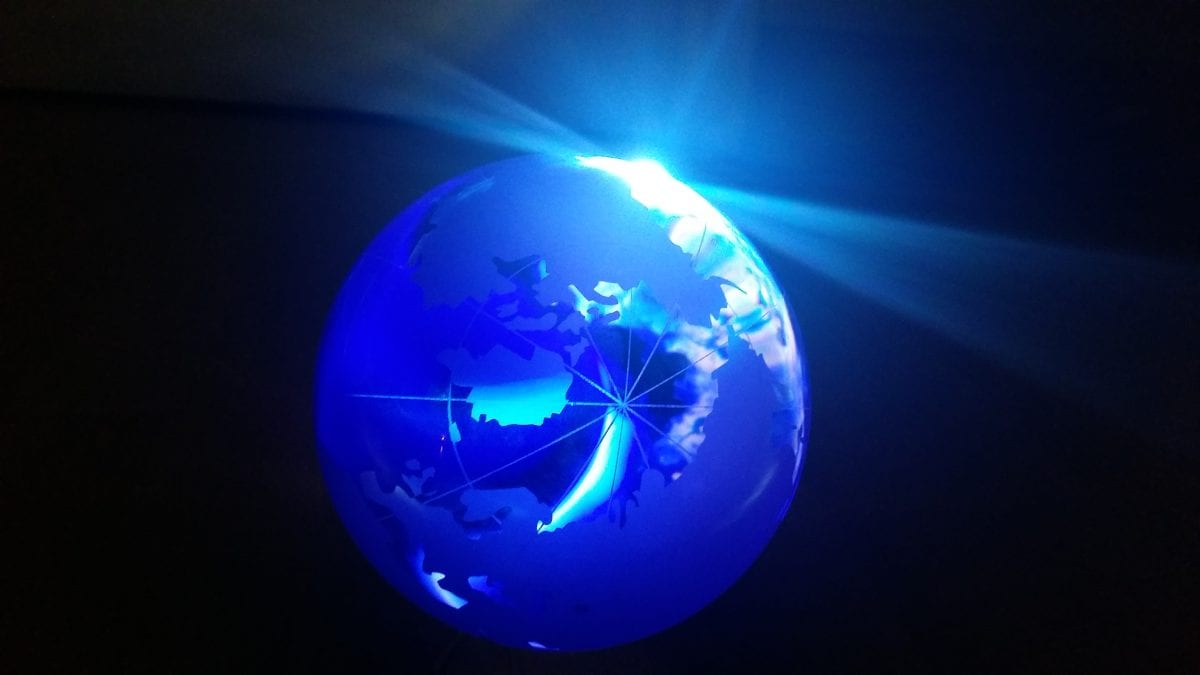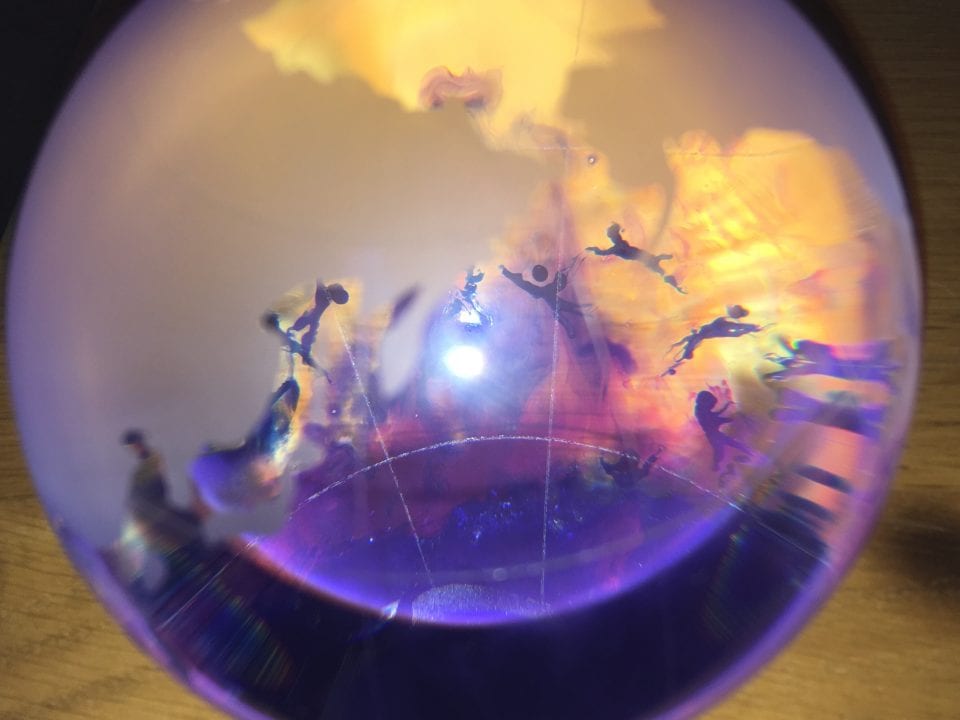- Did you receive a globe? Congratulations! Click Here for the Next Step!

Laundry Detox
December 12, 2018
From the individual to the Cosmos: cooking for health
May 3, 2019Protect the Pale Blue Dot
I am honoured to have the possibility to participate in the Carry the Earth project and share my idea with everyone. This beautiful globe immediately recalled in my memories the picture of the Pale Blue Dot and made me think about our unique position in the universe. On 14 February 1990 the Voyager spacecraft took a picture of the Earth from about 6.4 billion kilometres away. Our planet appeared as a tiny point of pale blue light caught in the centre of one light ray resulting from taking the image close to the Sun.
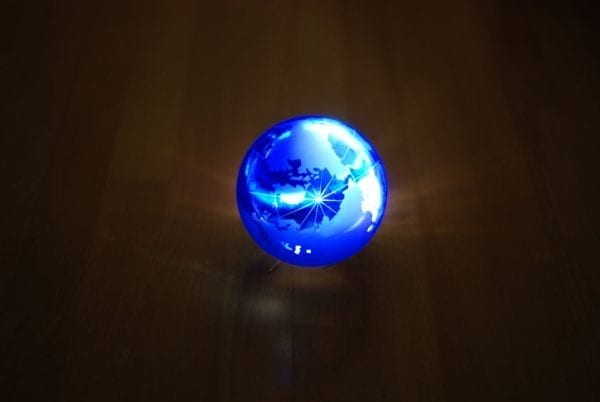
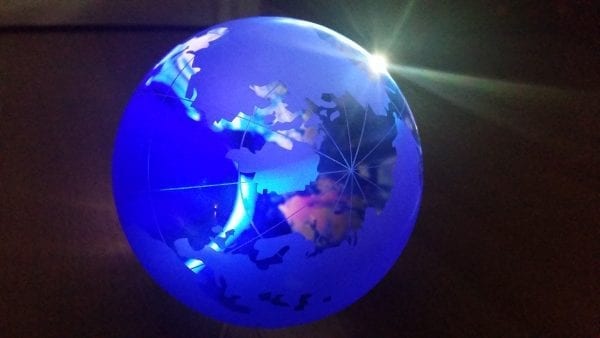
We are sometimes forgetting our place in the universe and our fragility. The light pollution in the big cities has prevented us to see the beautiful starry night sky and think about our place in the cosmos and our rare chance to have a Planet which harbours life. This light pollution is also a proof of the excessive use of electricity by each of us. I would like to associate myself and extend the effort of the Earth Hour worldwide movement organised by the World Wide Fund for Nature (WWF) encouraging individuals, communities, and businesses to turn off non-essential electric lights for one hour on a specific day, as a symbol of commitment to the planet.
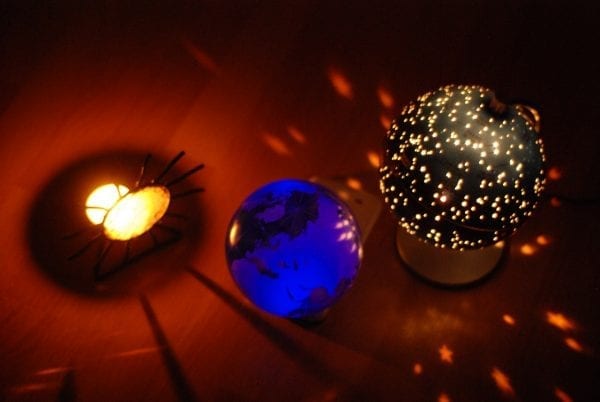
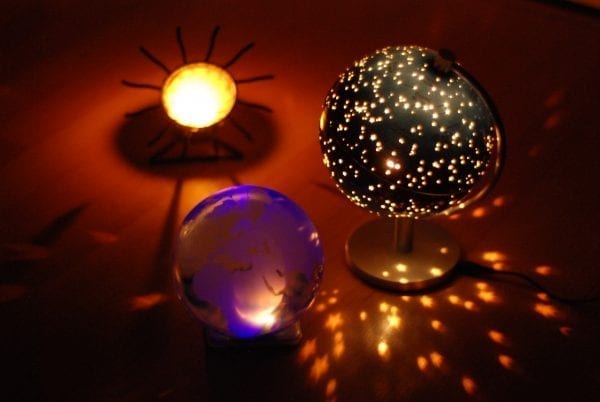
During the last two weeks, I reduced my electricity consumption and I observed how easy it is to turn off the electric lights and do some things in the evening without the need to use it. For example, I have taken most of my showers in the dark or with a small candle in the bathroom realising how peaceful and relaxing it is to stay in the dark. I have also discussed this idea with friends in the dark just with a candle lightening the room and I believe they have also embraced the project. I will continue communicating and finding new ways of reducing my electricity consumption at home and at my work place. I thank everyone for tuning in to the positive-change that helps us in creating a fairer and more sustainable world. I would like to finish my presentation with a quote from one of my favourite books The Pale blue dot of the great Carl Sagan.
Guergana Kermektchieva

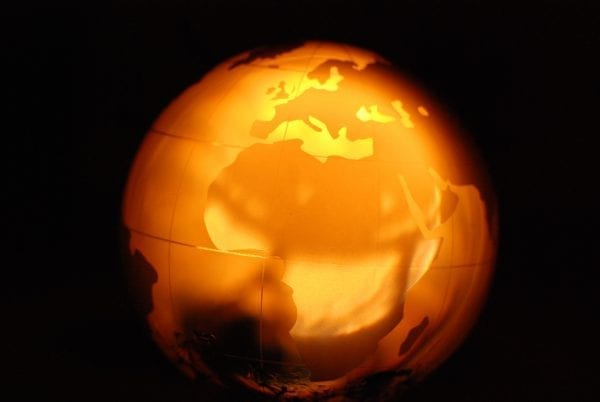
“Look again at that dot. That’s here. That’s home. That’s us. On it everyone you love, everyone you know, everyone you ever heard of, every human being who ever was, lived out their lives. The aggregate of our joy and suffering, thousands of confident religions, ideologies, and economic doctrines, every hunter and forager, every hero and coward, every creator and destroyer of civilization, every king and peasant, every young couple in love, every mother and father, hopeful child, inventor and explorer, every teacher of morals, every corrupt politician, every “superstar,” every “supreme leader,” every saint and sinner in the history of our species lived there–on a mote of dust suspended in a sunbeam.
The Earth is a very small stage in a vast cosmic arena. Think of the rivers of blood spilled by all those generals and emperors so that, in glory and triumph, they could become the momentary masters of a fraction of a dot. Think of the endless cruelties visited by the inhabitants of one corner of this pixel on the scarcely distinguishable inhabitants of some other corner, how frequent their misunderstandings, how eager they are to kill one another, how fervent their hatreds.
Our posturings, our imagined self-importance, the delusion that we have some privileged position in the Universe, are challenged by this point of pale light. Our planet is a lonely speck in the great enveloping cosmic dark. In our obscurity, in all this vastness, there is no hint that help will come from elsewhere to save us from ourselves.
The Earth is the only world known so far to harbor life. There is nowhere else, at least in the near future, to which our species could migrate. Visit, yes. Settle, not yet. Like it or not, for the moment the Earth is where we make our stand.
It has been said that astronomy is a humbling and character-building experience. There is perhaps no better demonstration of the folly of human conceits than this distant image of our tiny world. To me, it underscores our responsibility to deal more kindly with one another, and to preserve and cherish the pale blue dot, the only home we’ve ever known.”
— Carl Sagan, Pale Blue Dot, 1994
